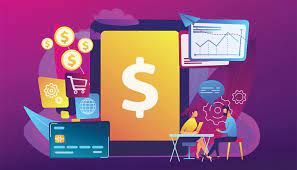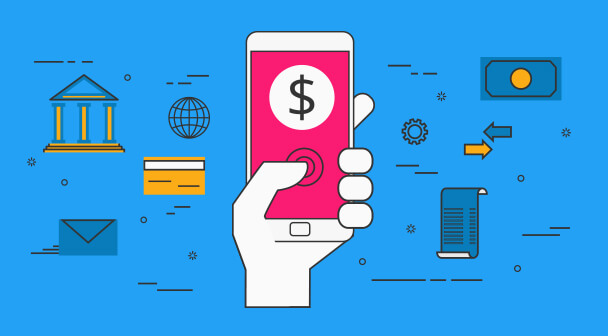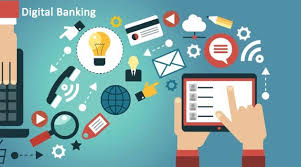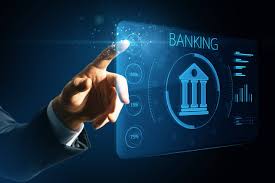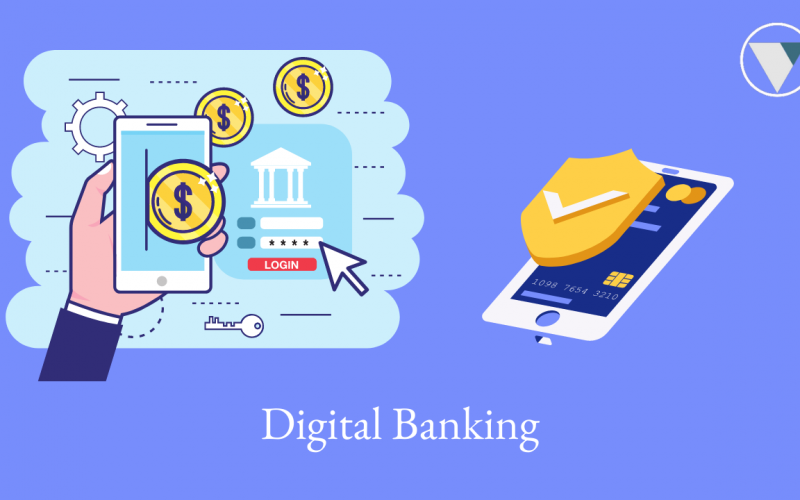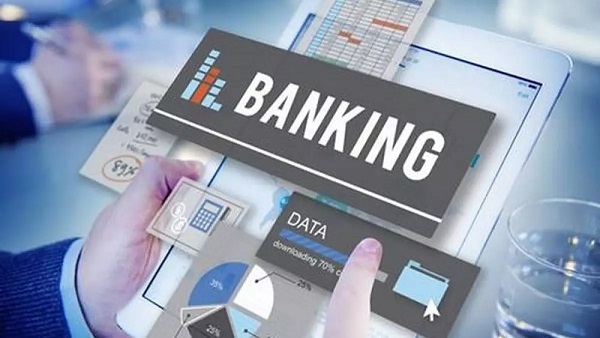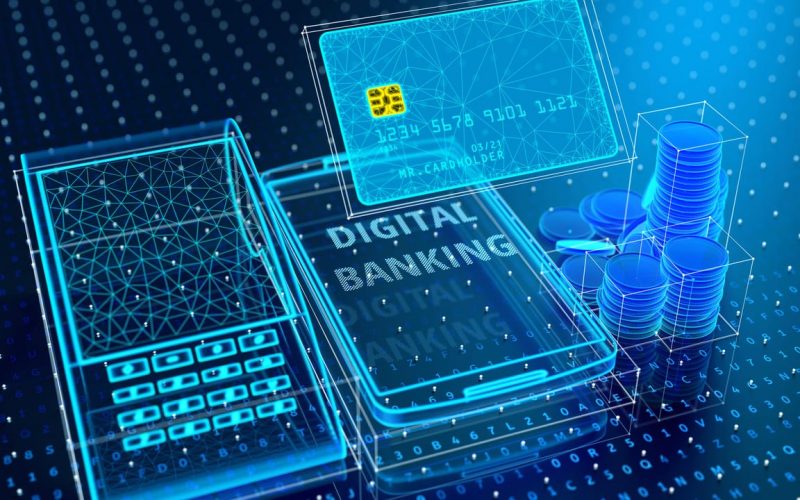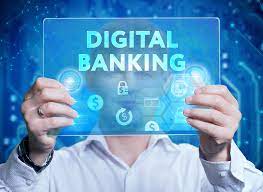27
Nov
Digital account opening and onboarding is a key component of digital banking, enabling customers to open new accounts and access banking services through online platforms or mobile applications Online Account Application: Digital banks provide an online account application process that allows customers to apply for various types of accounts, such as savings accounts, checking accounts, or credit cards. The application is typically accessed through the bank's website or mobile app. Identity Verification: To comply with Know Your Customer (KYC) and anti-money laundering (AML) regulations, digital banks incorporate identity verification methods into the account opening process. Customers are required to provide…

